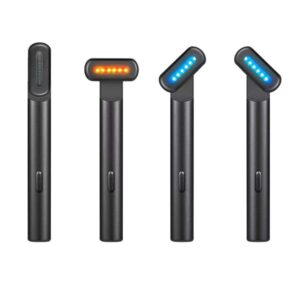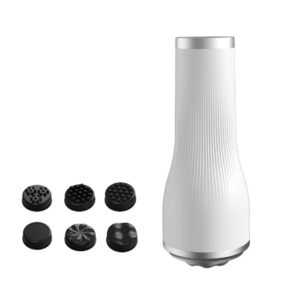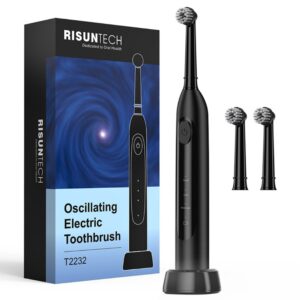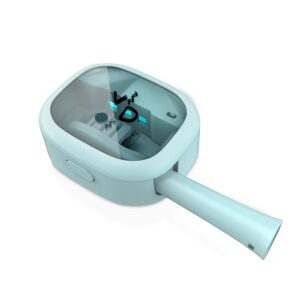Summary
Water flossers, also known as oral irrigators, are dental devices that enhance oral hygiene by utilizing a pulsating stream of water to clean between teeth and along the gum line. They operate through a combination of pressure and pulsation, effectively removing plaque and debris in a manner that is often more effective than traditional flossing methods. The increasing popularity of water flossers has made them a notable alternative for individuals seeking to improve their oral health, especially those with specific dental needs such as braces, gum disease, or limited dexterity.
Research has demonstrated that water flossers can significantly reduce plaque and gingivitis compared to traditional string floss, with studies reporting up to a 74.4% reduction in overall plaque and 81.6% reduction in interproximal plaque when used regularly. Their ability to navigate deeper gum pockets and reach areas that may be difficult for string floss to access makes them particularly beneficial for individuals with orthodontic appliances or sensitivity issues. Furthermore, the gentler cleaning action of water flossers is advantageous for older adults and those suffering from gum conditions, allowing for effective care without causing irritation.
Despite their advantages, the use of water flossers is not without controversy. Dental professionals often emphasize that water flossers should be used as an adjunct to traditional brushing and flossing rather than a complete replacement. Concerns have been raised regarding their efficacy compared to traditional methods, with some studies indicating no clear superiority in all populations. Additionally, there are potential risks associated with improper use, such as the displacement of food particles into gum pockets, which can exacerbate existing dental problems.
Overall, while water flossers represent a significant advancement in oral hygiene technology, their integration into an effective dental care routine should be approached with caution and ideally under the guidance of a dental professional. As research continues to evolve, understanding the full range of benefits and limitations of water flossers will help users make informed decisions about their oral health care practices.
Table of Contents
Mechanism of Action
Water flossers, also known as oral irrigators, operate primarily through a combination of pulsation and pressure to effectively clean between teeth and along the gum line. The device generates a pulsating stream of water that is typically controlled to deliver pressure within a range of 50 to 90 pounds per square inch (psi). This unique mechanism is what distinguishes water flossers from traditional string floss.
Pulsation and Pressure
The pulsation feature of a water flosser disrupts plaque and bacterial activity, while the pressure component aids in flushing out debris and plaque from interdental spaces. Together, these two actions ensure a thorough cleaning without damaging the gum tissues. Studies have indicated that the ideal pulsation rate for effective cleaning ranges from 1,200 to 1,400 pulsations per minute. This rate produces a compression and decompression phase, enhancing hydrokinetic activity, which creates an impact zone that facilitates the expulsion of debris and bacteria from the sulcus or gum pockets.
Effectiveness Compared to Traditional Flossing
Research has shown that water flossers can achieve superior results compared to traditional flossing methods. For instance, a study demonstrated a 74.4% reduction in overall plaque and an 81.6% reduction in interproximal plaque when using a water flosser, compared to 57.7% for traditional floss. Additionally, the targeted stream of water emitted by water flossers effectively reaches areas that may be difficult to access with string floss, making them particularly beneficial for individuals with orthodontic appliances or limited dexterity.
Benefits of Using Water Flossers
Water flossers offer numerous advantages for maintaining oral hygiene and improving overall dental health. They are particularly effective at removing plaque and reducing bacteria, making them a valuable addition to any oral care routine. Unlike traditional string floss, water flossers can navigate deep within gum pockets, which is essential for individuals with periodontal disease, as they can treat pockets up to 6mm effectively.
Enhanced Plaque Removal
Research has shown that water flossers, such as the Waterpik, are significantly more effective than traditional flossing methods. Studies indicate that water flossers can achieve a 29% greater effectiveness in overall plaque removal compared to string floss, especially in areas around teeth where plaque tends to accumulate. Additionally, a clinical trial demonstrated a 74.4% reduction in overall plaque and an 81.6% reduction in interproximal plaque with water flossers, highlighting their superior capability in enhancing oral hygiene.
Gentle on Gums
For individuals with gum disease or sensitive gums, water flossers serve as a gentler alternative to traditional flossing techniques. They can be used at low water pressure, minimizing irritation and discomfort while effectively cleaning around problem areas. This characteristic makes water flossers particularly suitable for older adults, who often experience gum issues due to natural tissue breakdown as they age.
Versatile for Various Needs
Water flossers are beneficial for a wide range of dental conditions. They are especially effective for those with braces, implants, or other orthodontic appliances, as these devices create spaces where food particles can become trapped, leading to plaque buildup and inflammation. The ease of use associated with water flossers also makes them accessible for children and individuals with limited motor skills, allowing for better oral care across diverse populations.
Additional Features and Considerations
Many water flossers come equipped with extra features, such as multiple tips, storage options, and adjustable pressure settings, which can enhance user motivation and compliance. However, it is essential for individuals, particularly those with existing gum problems, to consult their dentist before incorporating a water flosser into their routine to ensure it is appropriate for their specific needs.

Research and Studies
Numerous studies have investigated the effectiveness of water flossers in improving oral hygiene, particularly in relation to gingivitis and plaque control. Research indicates that water flossers can offer significant benefits for patients with varying degrees of gingival disease, as well as for those at an increased risk of oral infections or inflammation. It has been shown that using a water flosser in conjunction with manual tooth brushing can enhance gingival health and reduce bleeding more effectively than brushing alone.
Effectiveness Compared to Traditional Flossing
While dentists typically classify oral irrigators as adjuncts to traditional oral hygiene practices and not replacements for brushing or flossing, some studies suggest that water flossers may be more effective than string floss for certain populations. For example, a comparative study indicated that water flossers performed better than traditional floss at removing plaque in specific groups, such as orthodontic patients. However, other research highlighted that while water flossers could be as effective as traditional floss, they did not necessarily outperform it in all cases.
Recommendations for Use
Based on the body of evidence, practitioners often recommend water flossers to patients who experience difficulties with traditional flossing, such as those with braces or limited dexterity. The American Journal of Orthodontics and Dentofacial Orthopedics reported that water flossers are especially beneficial for patients using orthodontic appliances, helping to maintain better oral hygiene during treatment. Despite their advantages, dental professionals caution that water flossers should not be used as a substitute for brushing and that improper use could potentially displace food debris into gum pockets, leading to further complications. Therefore, it is critical for clinicians to educate patients on the proper use of water flossers to maximize their benefits while minimizing risks.
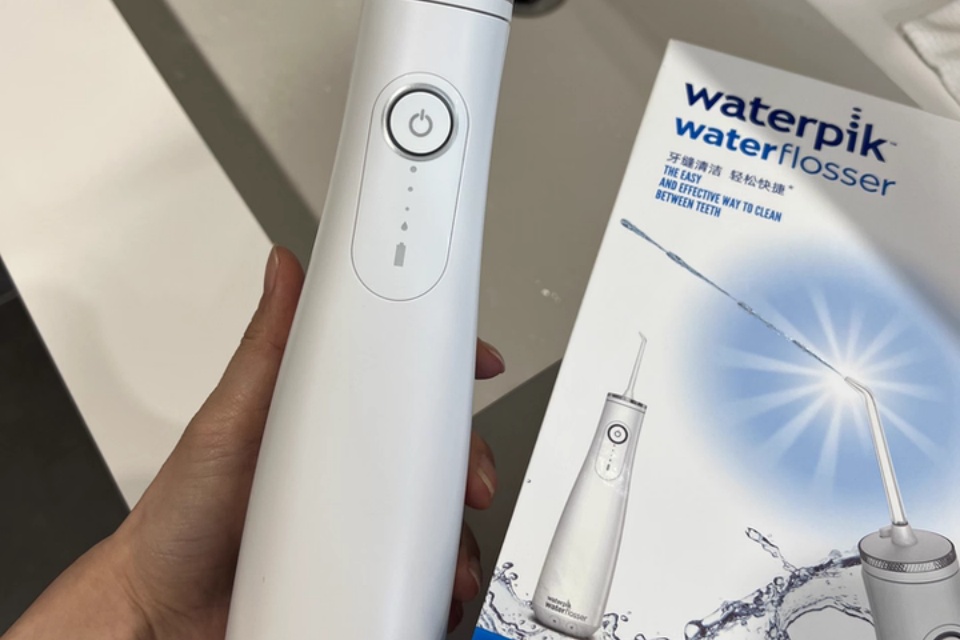
Usage Guidelines
Water flossers are valuable tools for enhancing oral hygiene, especially when used in conjunction with regular brushing. Their effectiveness can vary based on several factors, including device type, operating modes, and individual user needs.
Types of Water Flossers
When selecting a water flosser, users can choose between corded and wireless models. The decision often depends on personal preference and lifestyle, as each type offers distinct advantages. Corded models typically provide consistent power, while wireless options offer portability and convenience for on-the-go use.
Operating Modes
Water flossers come with various settings that can impact their performance. The ideal frequency of pulsations is around 1200 beats per minute, which is generally effective for plaque removal and gum care. Users should consider their specific oral health needs when selecting a model, as some devices offer basic one-setting functionality while others come equipped with multiple adjustable modes, power levels, and features. While advanced models may provide enhanced capabilities, they often come at a higher cost.
Head Options
Another critical factor to consider is the type of nozzle or head that comes with the flosser. Many models feature interchangeable heads, which can cater to specific dental needs, such as gum care or sensitivity. Having replaceable heads allows multiple users to share the same device, making it a cost-effective choice for families. Standard options, like the Classic Jet Tip, are suitable for general cleaning, while specialized nozzles may be designed for particular conditions or demographics, such as children.
Recommended Usage
To achieve optimal results, water flossers should be used as an adjunct to traditional brushing. For example, a study involving orthodontic patients demonstrated that using a water flosser significantly improved plaque and gingival bleeding scores when used alongside regular tooth brushing. It is recommended to use the flosser once a day at night, while continuing to brush twice daily with a soft toothbrush and fluoridated toothpaste for comprehensive oral care.
Considerations for Use
Users are encouraged to read all product labels and instructions carefully before use, as there may be variations in product design and functionality across different brands and models. Those with specific dental concerns should consult with a healthcare provider to ensure that the chosen water flosser meets their individual needs.
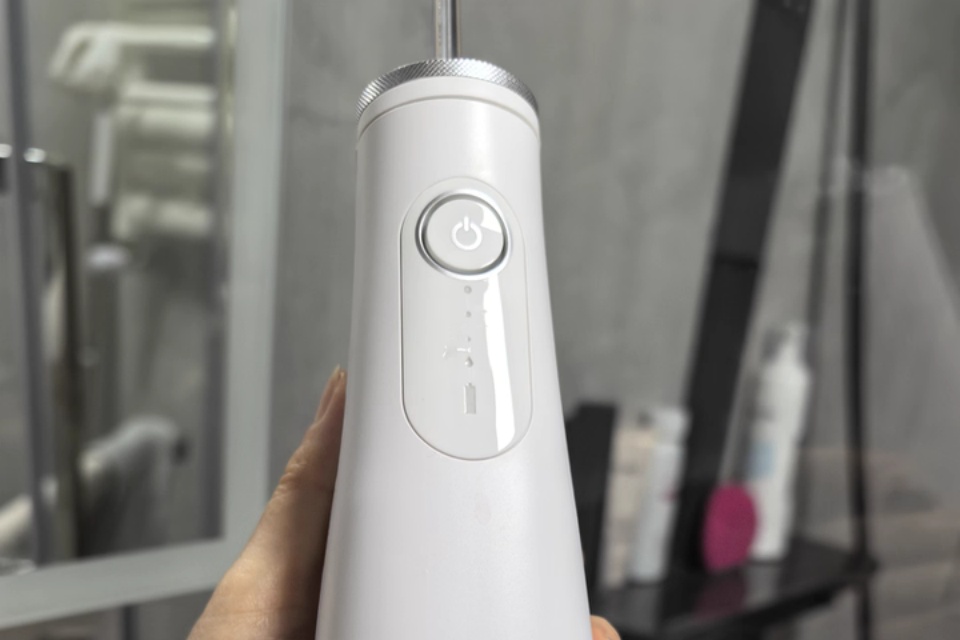
Limitations and Considerations
While water flossers, also known as oral irrigators, have gained popularity for their ease of use and perceived benefits in oral hygiene, several limitations and considerations should be taken into account.
Efficacy Compared to Traditional Methods
Research has shown that the effectiveness of water flossers at removing plaque and improving periodontal health can be comparable to traditional interdental flossing techniques, though studies often yield inconclusive results regarding which method is superior. A clinical trial highlighted that both water jet and interdental flossing methods demonstrated statistically significant improvements in plaque and gingival bleeding scores among orthodontic patients, but no clear advantage was found for one method over the other in the short term.
Potential Risks and Recommendations
Dentists categorize oral irrigators primarily as wellness products, noting that they should not replace traditional brushing and flossing practices. There are concerns regarding the potential for food debris to be inadvertently pushed into periodontal pockets, which could exacerbate existing gum issues or create new dental problems. As such, many dental professionals advise against the use of water flossers for individuals with gum disease or following tooth extractions.
Practical Limitations
From a practical perspective, water flossers can be bulky and less convenient for travel compared to traditional floss. They also require maintenance, including cleaning and occasionally changing batteries, and they typically need an electrical outlet and a water source to operate effectively. Additionally, the cost of water flossers can be a deterrent, as they are often more expensive than standard dental floss.
Study Limitations
Moreover, many studies assessing the effectiveness of water flossers have limitations, including small sample sizes and short durations, which may not adequately capture long-term benefits or effects on a broader orthodontic population. Variations in individual compliance with oral hygiene practices can also influence study outcomes, potentially skewing the results.



